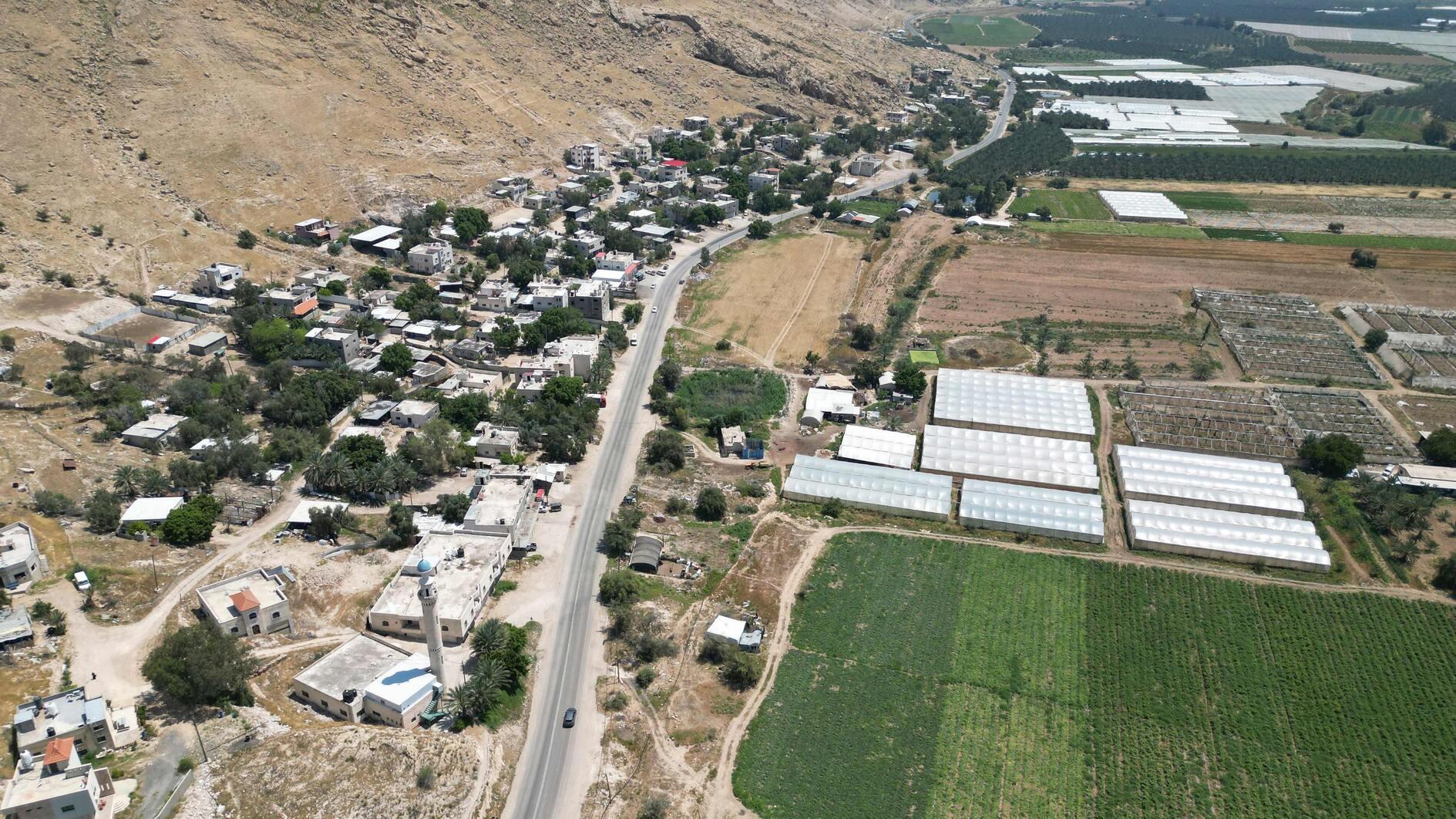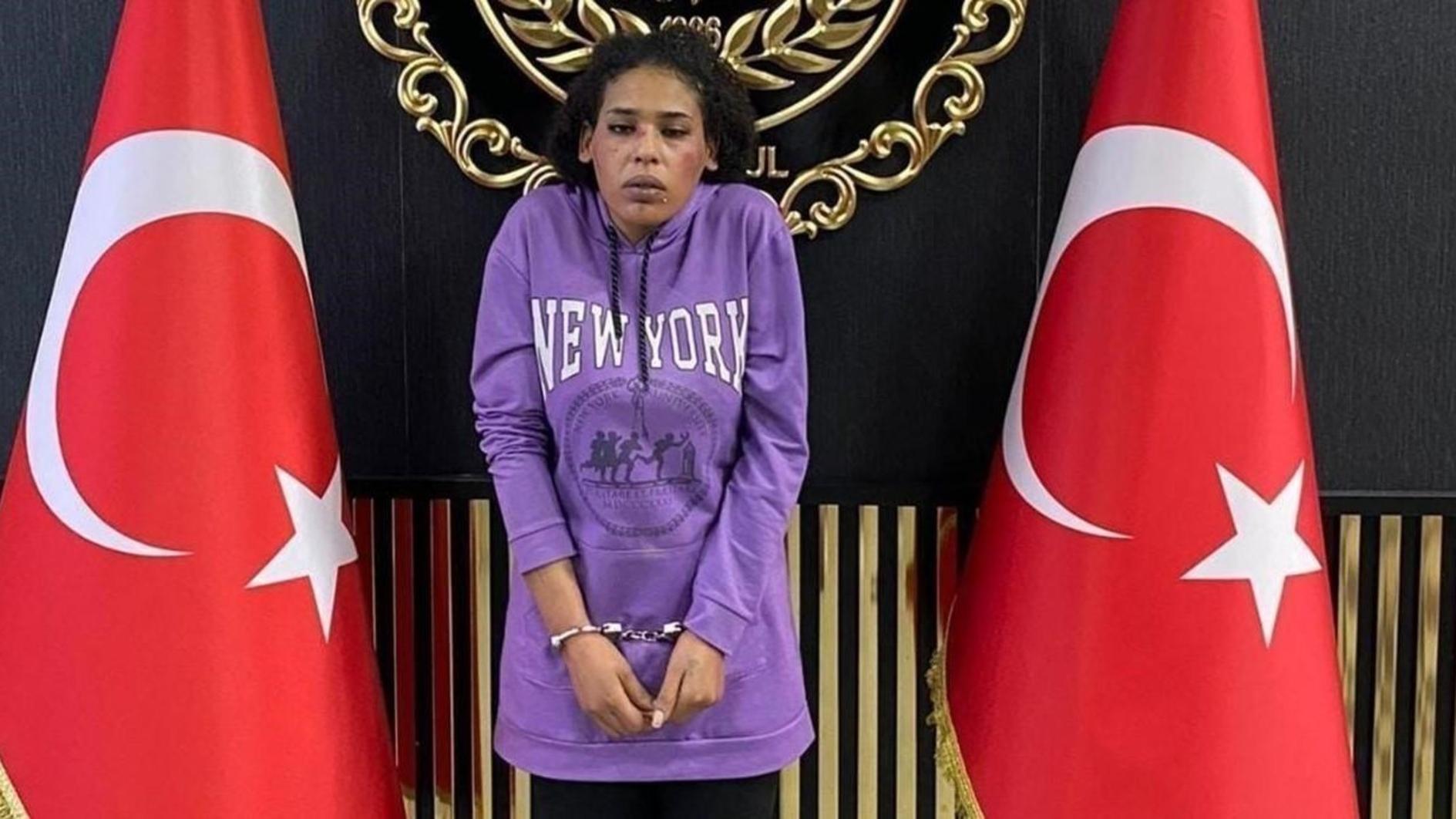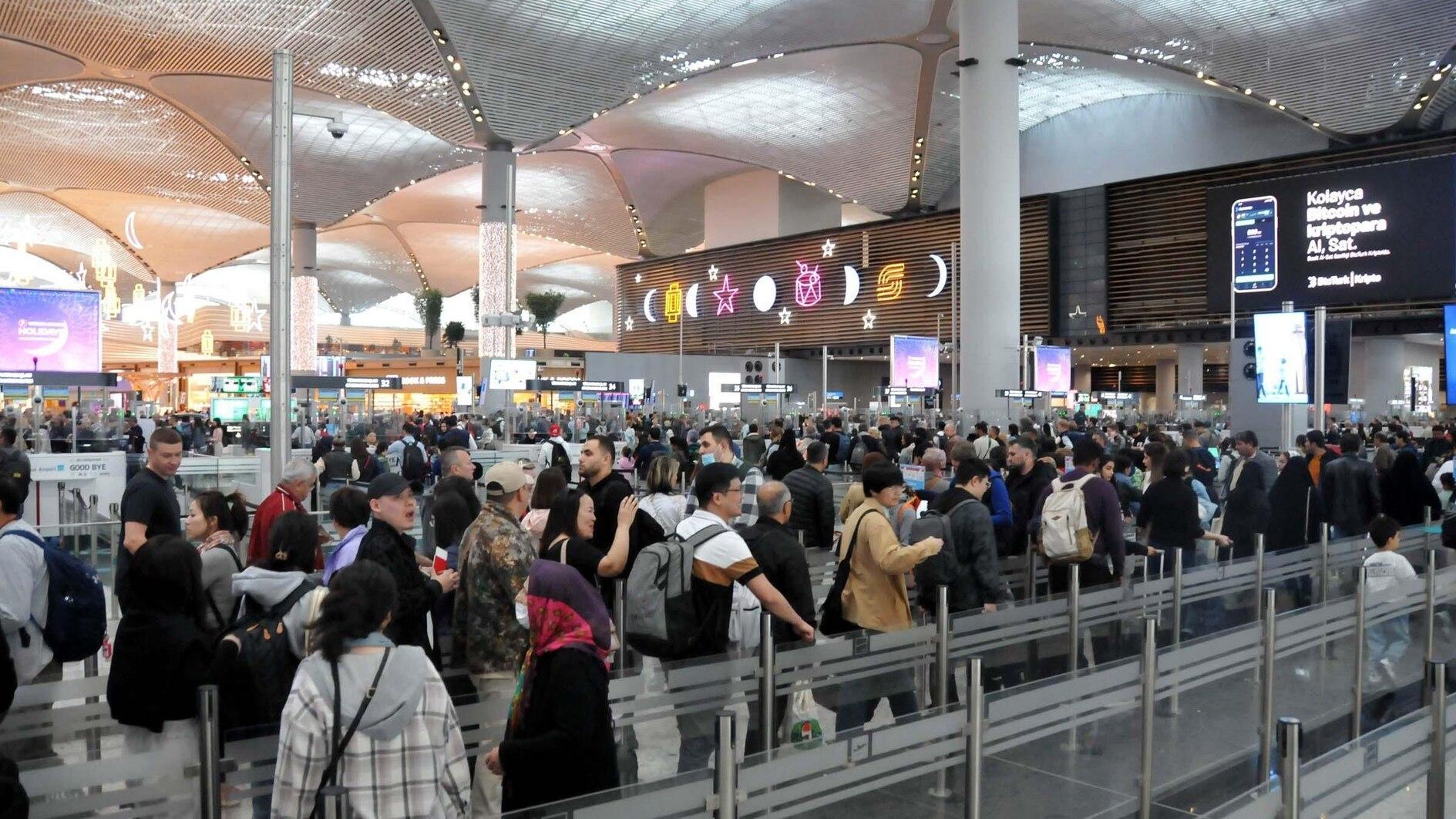A dark episode in Turkish history
These days, the Turkish media is full of discussions about “what really happened” in Dersim in 1937 – an eastern province in which a “rebellion” was brutally crushed. The victims, whose numbers exceed 10,000 and included many women and children, are remembered with grief. Now Mustafa Kemal Atatürk, the ever-venerated and never-questioned “father of all Turks,” is getting the questioning he deserves for the first time.
Dersim, a tribal province of Alevi Kurds, was a “lawless” region even under the Ottomans, who did not interfere in the affairs of the local communities unless they created big problems for the center. The Turkish Republic that was founded in 1923, however, had its own version of the “mission civilisatrice,” or the self-declared right to tame “uncivilized” peoples. Therefore, tension emerged in the 1930s between the tribes of the region and the government in Ankara, which wanted to impose “law and order,” including, of course, taxes.
Word has it that the first spark that lit the violence was the attempt of a Turkish officer to rape the beautiful wife of a local chieftain in March 1937. The chieftain killed the soldier, fled to the mountains to avoid the army backlash and burned a bridge that was recently built by the government for apparent military purposes. This incident was regarded by Ankara as the beginning of a rebellion. Large numbers of troops were deployed to the region, turning Dersim into a war zone.
In the following months, the city and the surrounding mountains turned into a huge occupied territory, where the soldiers killed not just armed rebels but also many non-combatants. War planes dropped bombs on the population, and even poisonous gas was used. In his memoirs, the late İhsan Sabri Çağlayangil, a former prime minister, wrote that people who fled into caves were “gassed like rats.”
In brief, what happened in Dersim in 1937 is a perfect example of “state terrorism” against a disobedient population. The closest parallel I have in mind is the mass murder in Hama perpetrated in 1982 by the tyranny of Hafez al-Assad – the father of Syria’s current tyrant. It is a horrendous episode that we Turks should be ashamed of.
But those who deserve the most shame are the ones who have knowingly hidden the responsibility of the masterminds of the massacre: For decades, they have said Atatürk was “unaware” of the operation against Dersim as he was “too ill” at the time.
Indeed, not just the perpetrators but the tragedy itself has been whitewashed. Today, you can’t find the word Dersim on any Turkish map, for the province was renamed by law as “Tunceli.” And when you use Istanbul’s second airport named after Sabiha Gökçen, the adopted daughter of Atatürk, you can read on a plate that she was “Turkey’s first female war pilot.” They just don’t tell you that she had tested her bombing skills on nowhere other than Dersim.
But facts can’t be hidden forever, and we owe their current resurgence to an outlier in the arch-Kemalist CHP, or the Republican People’s Party’s Hüseyin Aygün, a deputy from Tunceli, who dared to expose that the emperor has no clothes. “It is impossible to think that Atatürk was unaware of Dersim,” Aygün said. “Atatürk must be held responsible.”
It took only a few days for prominent members of his party to protest Aygün, and for his party’s central committee to ask for his “defense.” I will not be surprised if he gets excommunicated – the CHP is a party of Kemalist dogma, not reason.
But the genie is out of the bottle. Daily Radikal has published various documents and photos showing that Atatürk ordered and oversaw the whole “operation.” In just a few days, millions have realized that the history of our Republic is much less clean than they used to believe.











